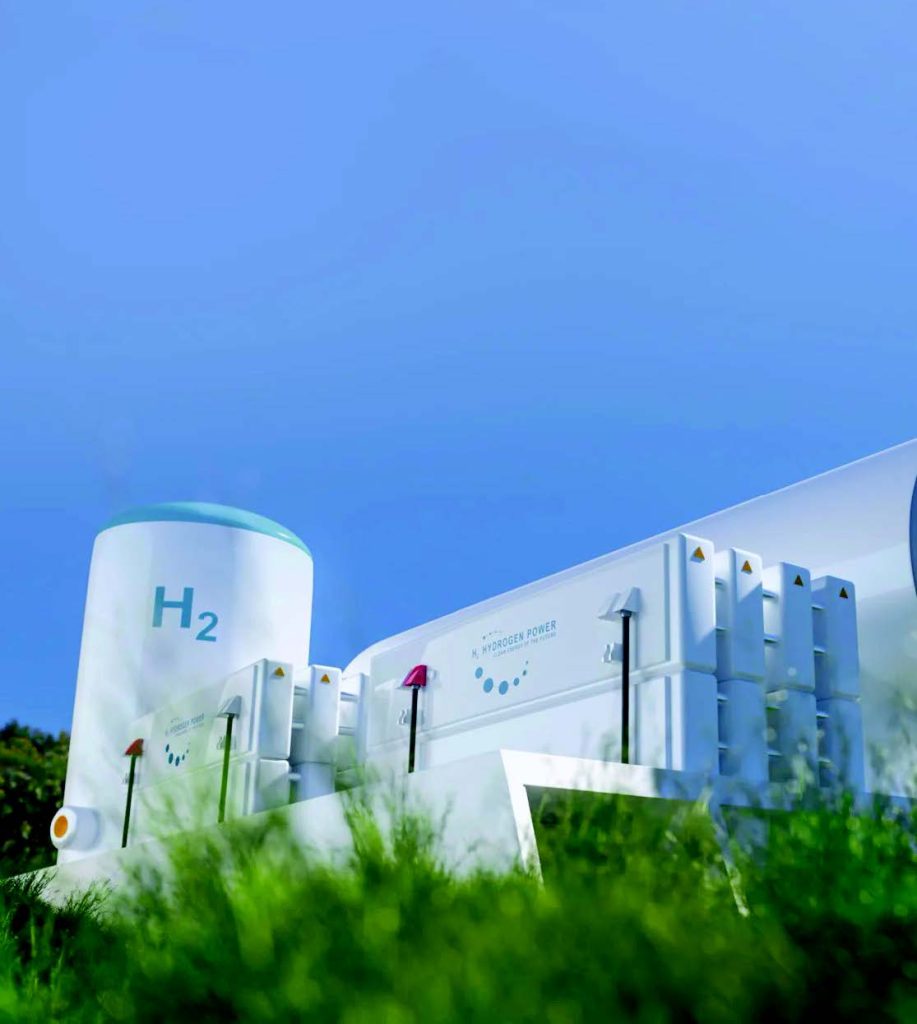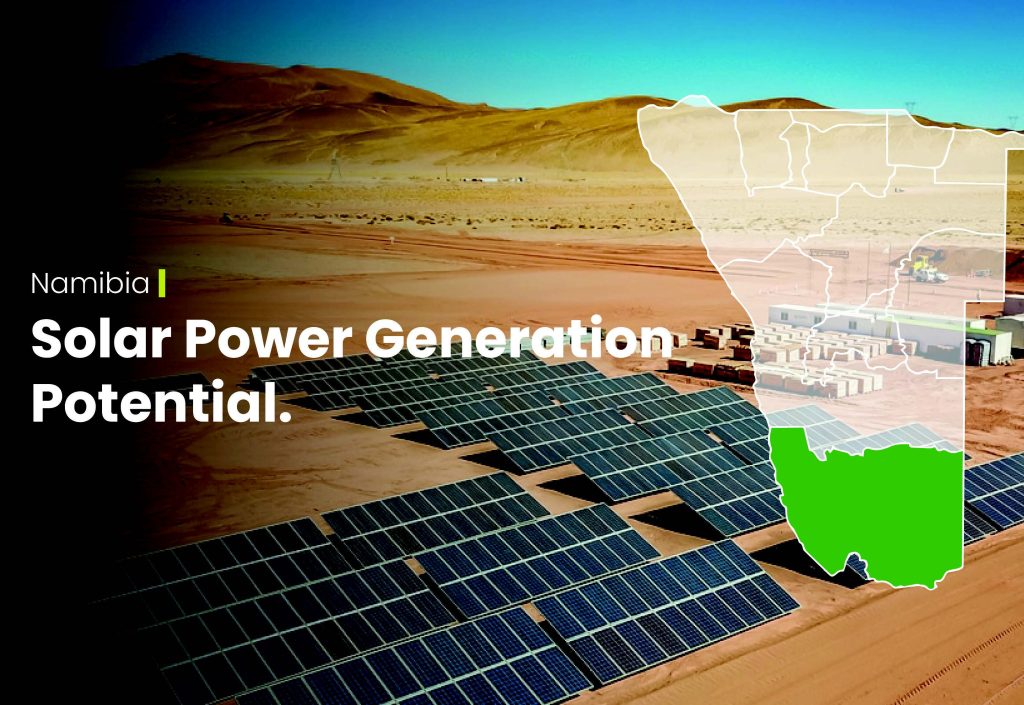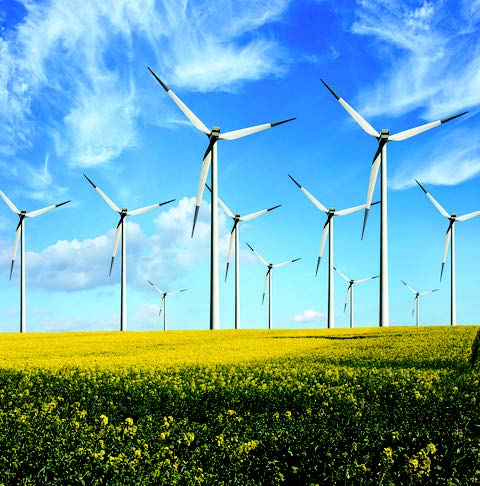Investors are cashing in on viable energy and power projects across the world, underpinning the significance of renewable energy in global business development and growth.
The energy industry is worth trillions according to the 2021 report by the International Energy Agency (IEA) in partnership with the World Bank and the World Economic Forum.

The report in iea.org forecasts that forecast investment had improved markedly along with economic growth, although the situation was different for each country. Investing in energy opens up business opportunities through increased markets for suppliers of goods and services. There is also the likelihood of creating more jobs and with that social security is enhanced.
The African continent is currently witnessing a steady rise in investments in the green energy revolution. Namibia recently signed, on the sidelines of COP27, a joint declaration with the European Investment Bank (IEB) that will see a potential loan of up to €500 million financing renewable hydrogen and renewable energy investments.
The funds will support the development and implementation of sustainable energy projects and investments in the country. These will include the development and construction of key infrastructure that will enable the delivery of the assets necessary to produce solar and wind power and export renewable hydrogen.
Namibia is blessed with some of the world’s best renewable resources and has the potential to become a sub-Saharan clean energy powerhouse with a dynamic and green economy. With the Harambee Prosperity Plan II, the country has already set the right priorities – sustainable, green and inclusive growth.

“The EIB, as the EU Climate Bank, is committed to standing ready to help you to harness your wind and solar resources and finance the projects that will set you on the way to becoming a green economy and an exporter of clean energy. This will not only help to combat climate change but also support Namibia`s economic development and global energy security,” said IEB President Dr Werner Hoyer at the signing event.
Dr Hoyer said that green hydrogen will play a special role here. Not only will it be the basis for Namibia’s industrialisation and a potential cornerstone for developing a sustainable export economy, but it will also provide much-needed energy for the region. Moreover, green hydrogen from Namibia could also play a crucial role in assisting Europe on its path to net zero.
This loan could also be accompanied by a non-reimbursable grant of five million euros from the European Union that EIB Global would mobilise.
There are several better energy substitutes for a cleaner and green future, and these include solar, wind, biofuels and atomic energy. Of these, Zimbabwe and the rest of Africa are rapidly using solar energy. Investments in solar power have seen large populations in both cities and rural areas transforming their lives through this form of energy.
Entire communities in South Africa are benefi ting from solar as evidenced by the involvement of various stakeholders in the solar energy sector. These comprise churches, homeowners, small businesses, schools, individuals and families, and local municipalities. Working with green energy solutions sees the reduction of greenhouse gas emissions and encourages the move away from fossil fuels.
Investment in more solar projects translates to broader acceptance by communities looking for solutions to power challenges. Solar value chains and industries (and employment opportunities) are created as modernisation and small-scale industrialisation take place.
Investing in solar is both a new trend and a viable way to enter into business. Energy experts predict that the coming years will see a rise in the use of alternative energy in developing regions of the world like Zimbabwe. This means that for Zimbabwe more investors would come forward, focusing on new, off -grid business opportunities.

Energy experts say that in the long-term future a signifi cant number of African countries, Zimbabwe included, were likely to remain dependent on biofuels. This situation would boost renewable energy investments driven by the need to fi ll the green energy gap. Technologies like smart meters, prepayment or mobile payment systems and battery storage will be the main focus.
Text by Martin Chemhere

